Lupine Publishers |Agriculture Open Access Journal
Abstract
The primary objective of agricultural production is to provide an economical, sustainable and productive industry in plant and animal production. For this purpose, alternative solutions are provided to the problems that need solution or improvement and to facilitate agriculture in various areas such as increasing productivity and product quality, minimum input usage, food reliability, protection of natural resources and environment in agricultural production. In this study, the technologies which are successfully applied in plant production and animal breeding were addressed by taking into consideration the advances made especially in recent years.
Keywords: Precision agriculture; Smart farming; Precision livestock farming; Autonomous tractor; Unmanned aerial vehicles
Introduction
The agricultural sector has been adversely affected by global market instabilities, economic crisis, animal diseases and climate changes in recent years. In addition, structural problems such as the average size of farms not allowing adequate investments to increase productivity, absence of large-piece agricultural lands, lack of education, agricultural employment and population growth as well as the emergence of alternative uses of agricultural products such as biofuels cause inefficiencies [1]. Due to the rapid increase in the world population and urbanization, agricultural land per capita and natural resources such as water are decreasing due to the decrease in agricultural areas. For this reason, it has become necessary to increase productivity in agricultural production through technological and genetic methods. Excessive use of chemicals and fertilizers, during the intensive agricultural practices made to increase efficiency, has caused problems such as environmental pollution in soil and ground water and the loss of the production power of the field over time. Today, increasing product quality, minimum input usage, food reliability, protection of natural resources, increased environmental awareness, economic production and sustainable agriculture concepts have become a priority, despite the previous goals of increased yield and productivity.
As a result of the rapid developments in information technology following the mechanization, automation, and control technologies during the development period of agricultural production, today, intelligent machines and production systems that control machines have begun to take over traditional production methods. Information technology consists of hardware, algorithms and software developed for the management of the collection, processing, storage, transfer and use of information processes. The implementation of present knowledge and experiences in agriculture together with the machine learning, deep learning, artificial intelligence, modeling and simulation applications enabled the development of real-time and automated expert systems, autonomous tractors or agricultural machines and agricultural robotics applications.
Precision Agriculture
Precision agriculture technologies, combining with control, electronics, computer and data base with the account data, present an advanced system approach. Using global positioning system, geographic information system, variable rate application and remote sensing technologies, precision agriculture technologies, contrary to common fixed-level application methods which are applied at all same to whole land, use the variable-level application methods (based on application of fertilizer and chemicals to each section to its own needs, tillage at different levels, planting at different norms, irrigation and drainage at different levels) determining land and plant characteristics of small sections (soil moisture, nutrient level of soil, soil structure, product requirements, yield, etc.). As a result, Precision agriculture technologies are agricultural production and management methods whose targets are more economic and more environmentally sensitive production [2].
Precision agriculture practices start with the acquisition of data through the use of various sensors and remote sensing technologies and continue with the determination of soil properties of the production area through soil tests. All information such as yield values, fertilizer and pesticide application norms, climatic data, topographic data, weed density, disease status of the previous production seasons are associated with their actual location in the production area. Then, the applications to be done are decided using appropriate hardware and software. And, it ends with the application of variable-level practices in the field according to the application form decided. In addition, variable rate application systems and real-time product monitoring systems have been developed as a result of the sensors and software developed by the manufacturers of precision agricultural equipment and technologies:
a) Increased production efficiency,
b) Improved product quality,
c) The use of more effective chemicals and other inputs,
d) Energy saving,
e) The soil and ground water protection.
In addition to the production of field crops, precision agriculture technologies have been successfully applied in vineyards and orchards, pasture and meadow management and in animal production. Applications vary from tea industry in Tanzania and Sri Lanka to sugar cane production in Brazil, rice in China, India and Japan, grain and sugar beet production in Argentina, Australia, Europe and the United States [3]. Although it is expressed using different terms such as precision agriculture, precision farming, smart farming, variable rate application, site specific farming, site specific management, computer aided farming and prescription farming, the term smart farming has become more widely used recently.
The precision agriculture, or the knowledge-based management of agricultural production systems, has emerged in the mid-1980s as a method for implementing the right process at the right time in the right place. The increased awareness of the variability in soil and product conditions has been combined with emerging technologies such as global navigation satellite systems, geographic information systems, and microcomputers. In the beginning, precision agriculture has been used to adapt the fertilizer distribution to the variable soil conditions in the agricultural area. Since then, additional applications have been developed, including the automatic steering applications of agricultural vehicles, autonomous machinery and processes, product monitoring, farm research and software for the general management of agricultural production systems. A typical crop growing cycle in precision agriculture is shown in Figure 1 [4].
Precision Livestock Farming
The first desired condition in animal production is breeding races with higher meat and milk yield. Second one is to make sure that the highest level of individual potential of animals is achieved through an adequate and balanced nutrition. The third is to take preventive health measures against diseases that cause the major losses in animal production and to minimize the use of drugs with the early detection of diseases and the necessary intervention [5]. Precision livestock production practices have contributed significantly to the solution of the problems experienced in animal breeding and in increasing the desired yield and quality in meeting the increasing animal food needs. Effective decisions are made by using precision livestock production practices in animal production and by monitoring individual animal conditions (amount of mobility, water consumption, milk conductivity value, amount of milk, etc.); necessary health measures are taken as soon as possible with the early identification of negative changes in animal health; and, sustainable and productive management is provided by ensuring that the individual potential of the animals is utilized at the highest level by making the herd management applications accurate and timely [6].
Precision livestock production allows collecting data at individual cow level as well as precision (individual) nutrition, regular milk recording (yield and components), pedometer, pressure plates, milk conductivity indicators, automatic oestrus detection, body weight, temperature, lying behavior, ruminal pH, heart rate, feeding behavior, blood analysis, respiratory rate, rumination time and movement skill scoring using image analysis. In this way, it minimizes drug (antibiotics) use and provides and proactive animal health strategy through preventive health by focusing on health and performance [7]. Benefits from precision animal production technologies include increased efficiency, reduced cost, improved product quality, minimized negative impacts on the environment and improved animal health and welfare. These technologies are likely to have a major impact on health, reproduction and quality control [8]. Figure 2 shows the areas observed in dairy cattle in precision livestock production.
Automatic control systems developed for dairy cattle farms provide solutions to the following tasks (Figure 3) [10]:
a) Getting the current information about animals;
b) Fast access to the animal history;
c) Increasing the milk yield because of the preclinical disease diagnosis;
d) Structure analysis of the herd and the animal physiological condition;
e) Reducing veterinary medicine costs;
f) Detection of the breaches in the herd reproduction technology;
g) Reducing the number of unpregnant animals and increasing the calf’s productivity;
h) Increasing the feeding effectiveness;
i) Reducing work costs and the improvement of work culture.
Autonomous Tractor
The concept of autonomous refers to the functions performed by the tractor without any human intervention. The concept of autonomous tractor and automatic steering should not be confused with each other. A tractor with automatic steering requires an operator for safety, avoiding unknown obstacles and performing unspecified tasks. An autonomous tractor can operate without the operator in overcoming the numerous uncertainties in the agricultural environment. In autonomous tractors, the necessary hardware and software are developed for obstacle avoidance, localization and mapping in addition to determining algorithms, models and methods for movement control. In order to implement route planning and navigation for this purpose, it is necessary to accurately estimate the position of the vehicle and to detect the environment sensitively during the movement of the vehicle.
Various equipment and systems are used to determine the position of autonomous tractors, to set the desired route correctly, and to map the obstacles and objects around correctly. The information collected from the sensors should allow the autonomous tractor to move safely. Since autonomous tractors operate in outdoor and in diverse environments, errors may occur due to inability to receive information from some of the sensors or due to the errors in the information received. For this reason, it is preferable to process the data from different sensors together and unique advantages of the different types of sensors are used together to obtain a more comprehensive perception (Figure 4). In this way, the information from the sensors provide more detailed information about the location, environment and surrounding objects during the movement of the tractor. And, in order to turn this information into useful information, advanced decision mechanisms, utilizing applications such as image, audio and video processing algorithms, neural networks, machine learning, statistical data analysis, are used and the autonomous tractor is operated successfully in this way. The equipment used in autonomous tractors are listed below:
a) Radar Sensors
b) Laser Scanners,
c) Lidar,
d) GPS / Inertial Navigation System,
e) Ultrasonic Sensor,
f) Cameras.
When developing an autonomous tractor, combining a large number of tasks to increase operational success will relatively facilitate the task. These tasks include [12]:
a) Coordination: The coordination of multiple vehicles can be done centrally. Each vehicle operates independently and does not know necessary information about other vehicles, but it has its own tasks to fulfill.
b) Solidarity: Solidarity refers to the awareness of multiple vehicles, working in the same field, from each other and tasks of the others. For example, if three vehicles carry out the same task, such as clearing the same area from the weeds mechanically, then each vehicle needs to know the rows in which other vehicles were running before selecting a new row to begin. It would not make sense to have two vehicles come to head-to-head at the same time. Real-time communication is needed between the paired vehicles.
c) Cooperation: It refers to multiple vehicles sharing the same task at the same time. Using multiple vehicles to pull a large trailer that a vehicle cannot pull alone is an example of cooperation.
Agricultural Robots
Agricultural robots are classified as indoor and outdoor robots, in general. Outdoor robots include GPS assisted steering systems, meadow robots, pruning robots, spraying robots, seeding/planting robots and silage robot. Indoor robots include harvesting robots, milking robots and barn robots [13]. Autonomous agricultural robots are now an alternative to tractors in the fields. Breeding operations can be carried out by the fleets of autonomous agricultural robots in the future, such as seed sowing, spraying, fertilization and harvesting robots. Agricultural robots must have some basic capabilities and the ability to support multiple applications. A navigation system is required for safe and autonomous navigation as a basic capability [14]. When different applications of autonomous vehicles in agriculture have been compared with conventional systems, it has been found that the first three main groups of potential practical applications include plant cultivation, plant care and selective harvesting [15].
In the last two decades, special sensors (machine vision, GPS, RTK, laser-based devices and inertial devices), actuators (hydraulic cylinders, linear and rotary electric motors) and electronic equipment (embedded computers, industrial PC and PLC) have integrated into numerous autonomous vehicles, especially the agricultural robots. These semi-autonomous/autonomous systems provide correct positioning and guidance in precision agricultural tasks, when equipped with appropriate equipment (agricultural tools or equipment) [16]. Field map can be generated by estimating the location of the plants in the surrounding environment through image processing and recorded data detected by sensors. The position estimation of the robot can be done by a navigation system or relative calculation of the movements of the robot. The distance of the plants to the robot can also be detected by sensors or image processing, and the calculated positions can be marked on a map [17].
The Use of Unmanned Aerial Vehicles in Agriculture
Aerial vehicles that can operate through remote control or autonomously with its own power system, and that can load and unload payloads depending on the place of use are called Unmanned Aerial Vehicles (UAV). There are two types of aerial vehicles, including UAVs that can fly autonomously on a certain flight plan and remote controlled drones. Although these vehicle names are commonly used interchangeably, the term UAV is a general term for all unmanned aerial vehicles, whether autonomous or remotecontrolled.
A typical UAV system consists of the aircraft, one or more ground control stations and/or mission planning and control stations, payload and data connection. In addition, many systems include launch and recovery subsystems, aerial vehicle carriers and other ground services and maintenance equipment. A very simple general-UAV system is shown in Figure 5. Being more complex and having more parts than drone systems increase [18] the cost of system installation of UAVs. In drone systems, however, drones can be used immediately after purchasing drones together with the apparatus without the need for any other costs. Due to the lower cost of purchasing than the UAVs, their ease of use and their capabilities, drones are preferred in agricultural applications.
Drone systems provide fast and safe solutions and analysis for numerous situations, particularly for military applications, including natural disasters, monitoring of various sports activities, traffic control, wildlife monitoring, and agricultural applications. Therefore, drone systems are produced in different formats according to their area of use. One of the most preferred applications of drone systems is the four-rotor drone system known as the quadrotor shown in Figure 6. Quadrotor, as the name suggests, is a general term of the drone systems with four independent rotors. The most important advantage of the quadrotor is its high maneuverability. This superiority gives the quadrotor the capability of vertical takeoff and landing in dangerous and confined spaces. Due to the highpower consumption of four rotors of a quadrotor, it cannot perform long-term flight duty. The capacity of the device can be increased by increasing the number of rotors. Six-rotor hexacopters and eightrotor octocopters are the examples of different forms of quadrotor obtained by increasing the number of rotors [19].
Increasing productivity and improving product quality in agricultural production depends on good monitoring of the plants’ development process and taking the necessary actions at the most appropriate time. Drone systems, which have a simple technical structure and are easy to use, offer farmers an opportunity to make plans in agricultural activities using their embedded sensors and cameras, providing high quality and 3D images. Varies studies are carried out with drone systems, such as product development monitoring, plant species separation, crop harvest determination, automatic harvest, drought, detecting diseases, agricultural pests, etc., damage detection, fruit and vegetable and soil moisture classification, field management, organization of agricultural activities, and agricultural insurance [21].
Drone systems have 5 effective use areas in agriculture. These are [22]:
a) Product status monitoring: Farmers can inspect their growing products faster and more effectively with drones with NDVI or NIR sensors.
b) Irrigation systems monitoring: Large enterprises are able to monitor irrigation systems for the supply of water needed for certain products such as corn, which are spread over large areas, after having reached specified sizes.
c) Weed identification: Weed maps are generated by postprocessing the flight images and NDVI sensor data. In this way, farmers can easily distinguish between high density weeds growing together with healthy plants.
d) Variable rate applications: Variable-rate maps are rapidly and practically generated with the use of NDVI sensors in drone systems, instead of using variable-rate application maps prepared by ground-based or satellite images. In this way, it is possible to increase the efficiency by decreasing fertilizer costs.
e) Herd management and monitoring: The amounts and activity levels of free-bred ovine or bovine animals can be monitored from above through a drone.
Conclusion
Agriculture is a vital industry due to its contribution to the
sustainability of lives of people, to national income and employment
and its provision of raw materials to other industries. Therefore,
the agricultural sector has a direct impact on all segments of the
society with its economic, social and environmental dimensions.
Economically, subjects such as increasing agricultural production
and farmer revenues, minimum use of production inputs,
improving marketing conditions, etc. are addressed. Socially, there
are topics such as food quality and safety, agricultural employment,
socio-economic sustainability of rural areas, animal welfare,
etc. And, environmental issues include biodiversity, protection
of wildlife, meadow-pasture, forests, underground and surface
waters, and soil resources. Utilizing the opportunities offered by
advanced technologies is becoming increasingly mandatory in
order to achieve high success in studies conducted on all these
comprehensive issues, due to the importance of the subjects and
difficulties involved.
For more Lupine Publishers Publons Click on Below link

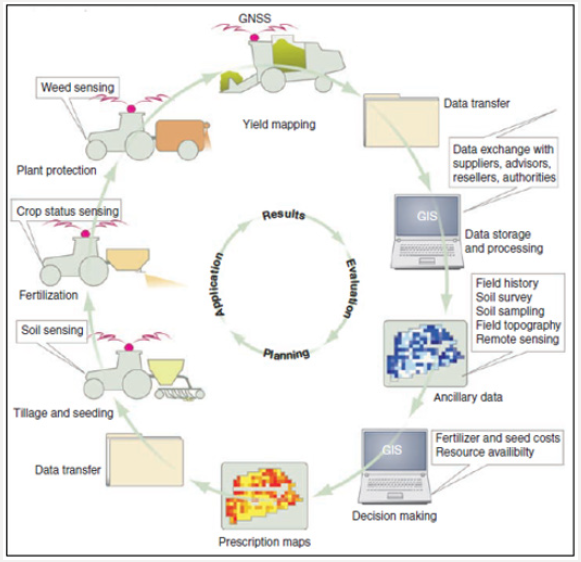
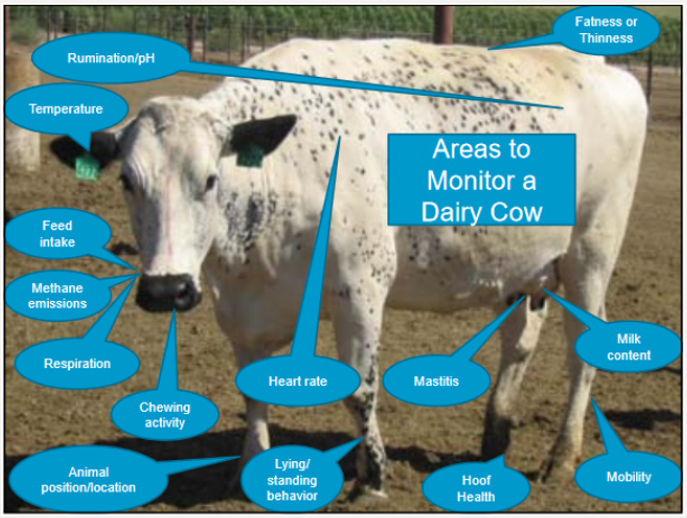
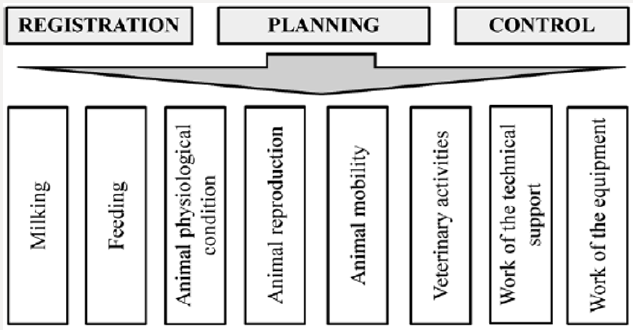
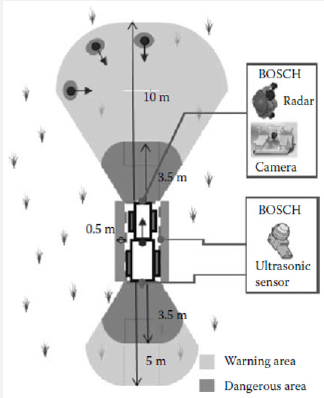
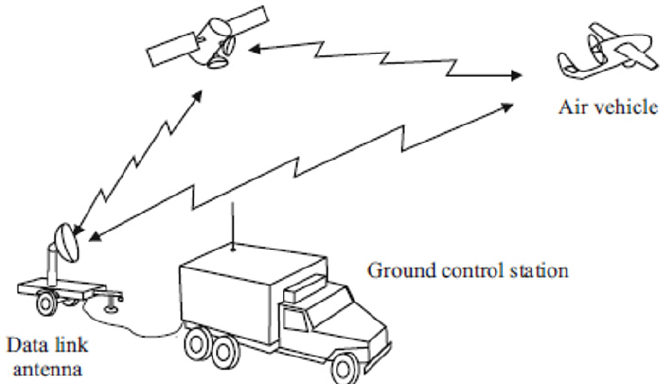
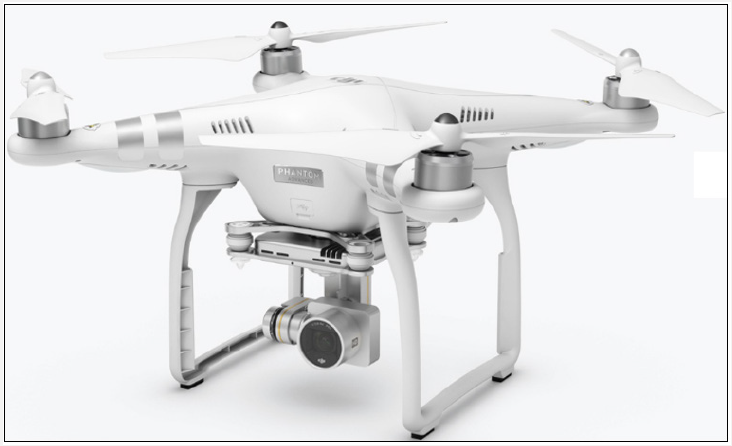
No comments:
Post a Comment